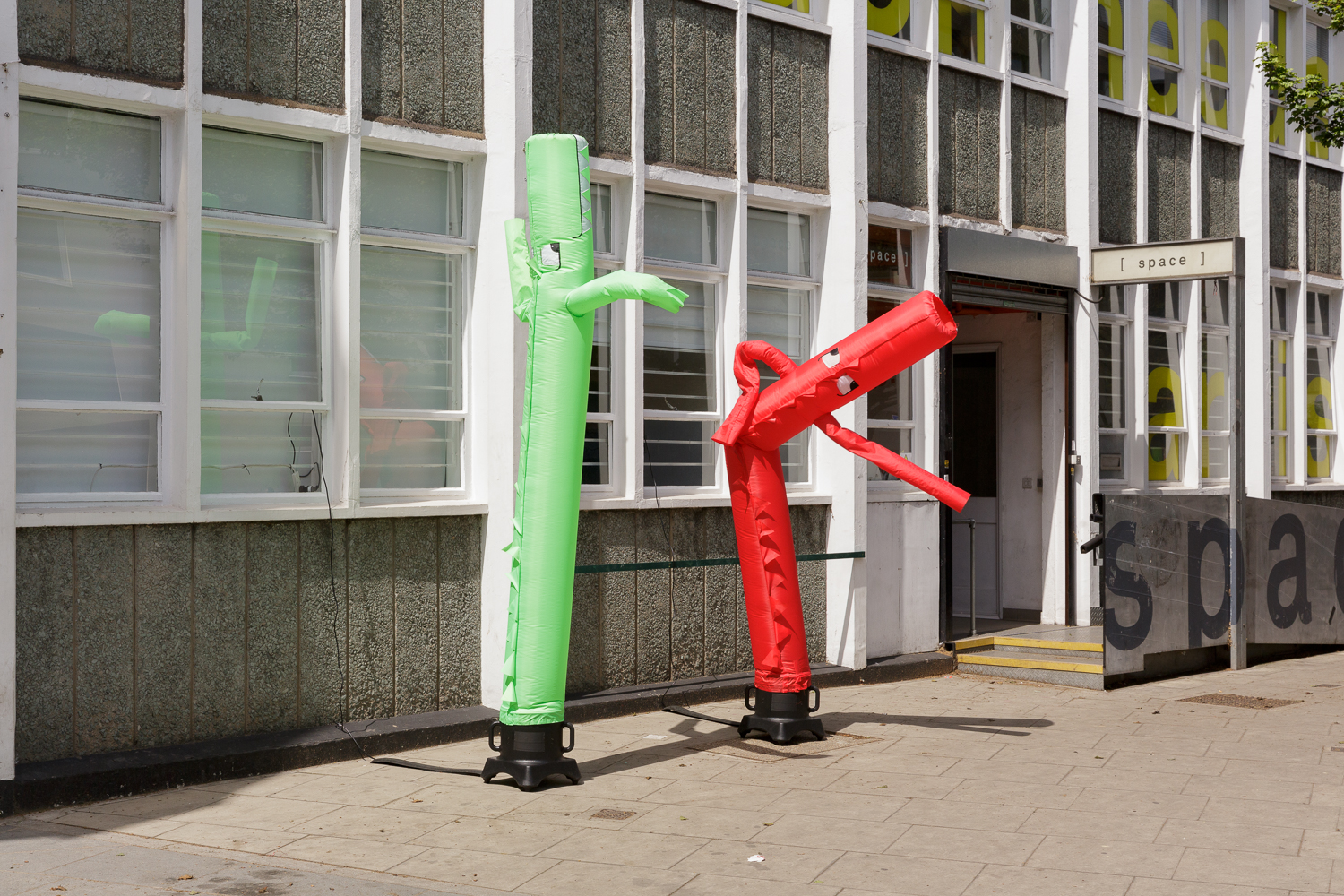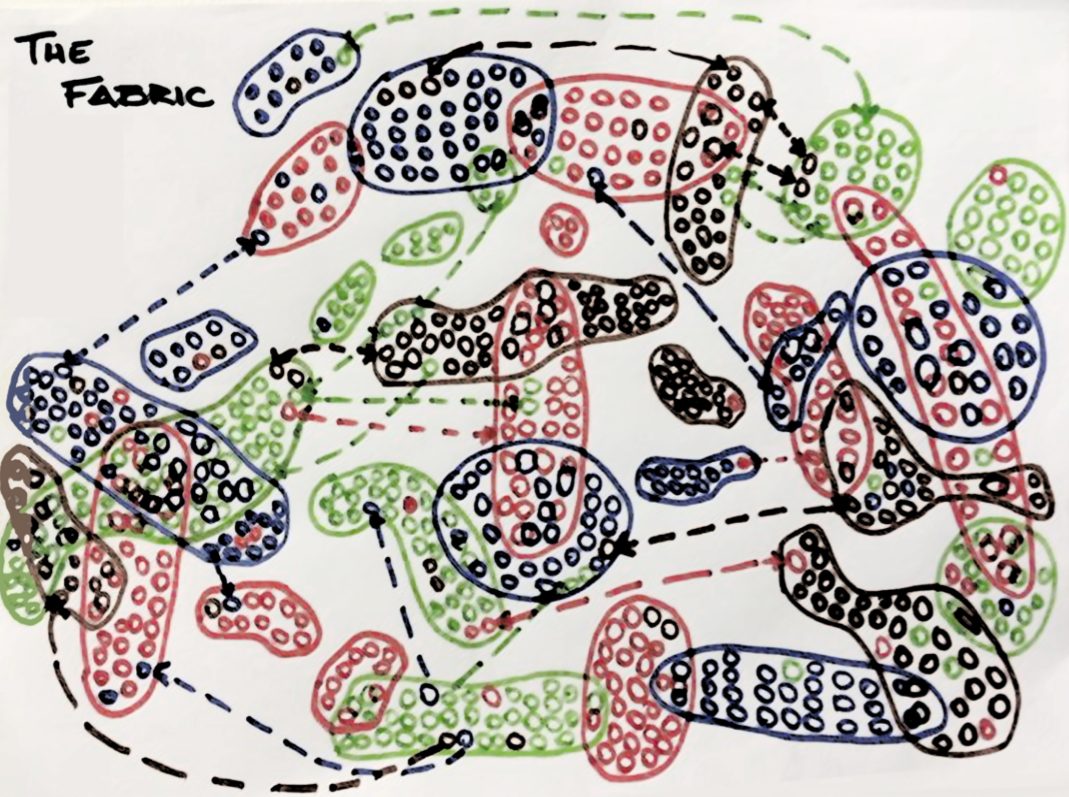
Morphologies of Invisible Agents
26 Apr – 18 May 2019
Opening night Thu 2 May 2019, 6 – 9pm
SPACE Mare Street
FREE & all welcome
Events
Thu 2 May, 6 – 9pm Opening night with performances by Aas and Plastique Fantastique
Sat 4 May, 2 – 5pm Diagramming talks: Cannibal Metaphysics/BC Time-Slip (Part 2) by John Cussans and Diagramming Politics by Dean Kenning.
Sat 11 May, 11am – 5pm Ethnographic Diagramming course with Martin Holbraad
Tue 14 May, 10am – 2pm Making Water Infrastructure Visible workshop with Megan Clinch, Anna Santomauro and Kelly Fagan Robinson
Fri 17 May, 10am – 2.30pm After the Event — Prospects and Retrospects of Revolution, a keynote speech by David Lan and a roundtable discussion with Martin Holbraad, Caroline Humphrey, Bruce Kapferer, Nicola Miller and Bjørn Thomassen
Artists: David Burrows, Lucy Cash, John Cussans, Melanie Jackson, Dean Kenning, Lucy A Sames with Aas, Hermione Spriggs. With performances by Aas and Plastique Fantastique.
Anthropologists: Narges Ansari, Igor Cherstich, Martin Holbraad, Kelly Fagan Robinson, Julia Sauma, Kaya Uzel.
Morphologies of Invisible Agents explores the relationship between the invisible and its tangible realisations in contexts of acute political change: from rampant capitalism, neoliberal reform and austerity to protest and revolution.
Through a diagrammatic foregrounding of the invisible agents at work in these contexts – spirits, forces, affects, ideologies – Morphologies of Invisible Agents confronts several questions concerning the qualities of a ‘social morphology’: might social transformations themselves have a diagrammatic quality? What is it that we see in the act of tracing moments and processes of social upheaval? What happens, for example, if we treat myths and rituals, ideologies and cosmologies, politics and governance as relational artefacts that diagram social relationships? How might these diagrammatic spectres be sensed and what happens when they become apparent? If social shifts are themselves diagrammatic, then might making a diagram be itself an avatar of and for social transformation?
The exhibition is the outcome of the Social Morphologies Research Unit’s (SMRU) long-term dialogue between artists and anthropologists, mediated by their shared use of diagrams as catalysts for thinking and doing social change. Collaborating pairs of artists and anthropologists use as their point of departure the shifting social tensions they detect in an array of settings: Shi’a rituals in Iran, revolutionary change in Libya and Cuba, the slashing of welfare in the UK, and more. Delving into the hidden dynamics of these social morphologies, the collaborating pairs present a series of speculative works that deploy diagrams and diagrammatics as not merely explanatory machines but as exploratory investigations to allow invisible agents to be sensed.
The Social Morphologies Research Unit is based in the Anthropology Department and the Slade School of Fine Art at University College London and is an offshoot of Comparative Anthropologies of Revolutionary Politics (CARP).
---
Kaya Uzel is currently completing his PhD in social anthropology at UCL. His thesis examines the co-articulation of political, cosmological and occult idioms that characterise the lived understanding of revolutionary politics in Burkina Faso, West Africa, where he has conducted long-term ethnographic fieldwork between 2014 and 2016. Kaya holds a BA in anthropology and law from LSE and a Master’s in cultural studies from Durham University. Kaya is currently working as an Associate Lecturer in the Anthropology Department at Goldsmiths where he teaches on undergraduate anthropology courses. His research interests include notions of power, cosmology, mimesis, religion and humour.
---
Hermione Spriggs is an artist, researcher and exhibition-maker exploring practical methods for perspective-exchange. Her collaborative project the 'Anthropology of Other Animals' ('AoOA') doggedly attempts to elicit extraordinary effects from unpromising materials and explores the hidden links between ‘craft’ and ‘being crafty’. Originally from Yorkshire, Spriggs holds an MFA in visual art from UC San Diego and is a fellow of Mildred’s Lane (PA, USA). She is currently undertaking practice-based PhD research at UCL based between the Department of Anthropology and Slade School of Art, and is curator and contributing editor for the exhibition and publication project 'Five Heads: Art, Anthropology and Mongol Futurism' (UCL Department of Anthropology/ Sternberg Press).
---
Narges Ansari is a PhD candidate in social anthropology working on Iran and focusing on the practices mediations. These are primarily rituals in which the descendants of the Prophet are called upon to mediate the execution of certain actions on behalf of a believing subject. Her research considers instances in which the constitution of the subject is predicated on an understanding of action as a capacity that is anchored in faith in sources of power and efficacy that reside external to the individual self. Her particular areas of interest are the temporal dimensions of these rituals and their methodological implications in understanding alternative conceptions of the subject as it is situated within a particular historical narrative.
---
Dean Kenning is an artist and writer. His artworks range from kinetic sculptures to videos and diagrams, often employing DIY, allegorical and autodidactic methods and modes of representation to generate feelings of weirdness and to explore political and philosophical material. His solo exhibition 'Where IT Was' took place at Piper Keys (2018) and he has exhibited internationally in group shows including at the ICA, Greene Naftali and BAK. He has published articles in journals such as Third Text, Art Monthly and Mute, including on the politics of art and art education. He is currently Research Fellow at Kingston School of Art where he supervises a number of fine art PhDs, and he also teaches fine art at Central St Martins.
---
John Cussans is an artist and writer who works across the fields of contemporary art, cultural history and experimental writing. He has a multidisciplinary arts practice often working collaboratively on joint projects. His scholarly work draws on the work of Georges Bataille, ethnography, media studies and social theory and investigates the legacies of surrealism and colonialism in popular culture. His book Undead Uprising: Haiti, Horror and the Zombie Complex (2017) traces the history of xenophobic and sensationalist representations of Haiti and Vodou in popular culture and mass media have obscured the political and social realities of the country.
---
Kelly Fagan Robinson is an anthropologist working on disability, communication and applied public policy. Her research concerns how communication affordances – elements determined by communicators’ bodies, sensory hierarchies, histories and language resources – affect experiences of equality within British institutions. Robinson’s doctoral research, Looking to Listen (ESRC/AHRC multidisciplinary public policy/heritage) investigated deaf people’s visual-tactile communication resources. Whereas deaf-centric resources were more easily understood in arts settings, the same approaches frequently resulted in social relation breakdown between signers and public officials. This diagramming exhibition enables Robinson to further examine how deaf sign-using visual voice may be flattened to fit speech-text forms.
---
Melanie Jackson’s multidisciplinary practice involves modes of non-fiction storytelling – through space/objects/text/moving image and sound. She works with the sensorial and affective capacity of the material, and the inventive ways we reconcile or resist living with the technologies around us – produced as they are in conditions of extraction capitalism. She engages with stories of excess and the absurd imbricated in the production flows and networks of the 'biotechnocapital', and their ‘ur’ formation in other times and places. She also collaborates with writer Esther Leslie.
---
Lucy A. Sames is a curator and researcher living and working in London. She is an Associate Lecturer in Visual Cultures at Goldsmiths, University of London and holds a PhD studentship at Northumbria University Newcastle (2016-19) where her research project SYBRNTCKMYSTX utilises mystical diagramming as a technology for analysing the intersection of cybernetics and altered states of consciousness as manifest in contemporary art practice and curating. This project stems from five years of related exhibition making: Janusware (Res London 2017), CHEMHEX EXTRACT (PVA Aberdeen 2016), Exta (Res. London 2015), Tomb Shrine (Enclave London 2014) and Sci-Fi Paganism (Enclave London 2013).
Since Oct 2017 Lucy has been convening Wet Rest, a monthly research and reading group that utilises the multidimensional affective experience of sensory deprivation floatation tanks as embodied methodology for artistic research into the conditions of posthumanism and altered states of consciousness.
Lucy is Co-Director and Curator at Res. (www.beingres.org) a mutable project based in a gallery and workspace in Deptford, South London. Prior to this she was Curator for three years at Enclave (London) where she worked on an interdisciplinary exhibition programme (2012-15) and at The Old Police Station (2009-11).
---
Julia Sauma seeks to investigate the relational and corporeal consequences of making life upriver in contemporary maroon communities in the Brazilian Amazon, through the idea of collective personhood.
---
David Burrows is artist and writer from London who works with various media, performance, film and sound, individually and as a member of the UK art group Plastique Fantastique. Burrows is also a Reader in fine art at the Slade School of Fine Art, University College London, researching diagrammatic practices and also performance fiction in art and mass, popular and sacred cultures. Burrows is co-author, with Simon O’Sullivan, of Fictioning: Myth-Functions of Contemporary Art and Philosophy published by Edinburgh University Press.
---
Igor Cherstich is a teaching fellow in Social Anthropology at University College London. He has carried out extensive research in Libya both before and after the revolution of 2011, focusing on the ritual practices and notions of secrecy amongst Libyan Sufi brotherhoods, as well as on tribal dynamics, national aspirations, and local understandings of power and revolution. He has published extensively on Libya both in academic journals and in national newspapers, and has had the opportunity to comment on current Libyan affairs in the course of TV and Radio interviews.
---
Lucy Cash is an interdisciplinary artist whose work propels the familiar into the poetic and the improbable. It often involves social exchange and unconventional collaborations and has taken place in galleries, museums, libraries, housing estates, on water and in the air. Coming from a background in performance, she creates work with an expanded choreographic approach in order to offer more embodied ways of relating to the world around us. Her work has been shown on Channel 4 and BBC2 and her installations and artists’ moving image works have been shown in numerous galleries including HZT and Haus der Kulturen der Welt, Berlin; Hyde Park Art Center, Chicago; Hauser & Wirth, Somerset; Zahoor ul Akhal Gallery, Lahore; and the Natural History Museum, London. She has been artist in residence for Whitechapel Gallery (2013), was the inaugural research artist at the Foundling museum (2014) and has been developing ideas around the choreographic/ethnographic with Martin Holbraad since 2016. For ‘Ensimismarse; or, the doorway, the neighbours, the roof...’ she collaborated with cinematographer Peter Emery.
---
Peter Emery is an artist filmmaker, who sees his role as an attempt to make sense of the world and then to convey that to others in the most elegant terms. His work centres around cinematography. He has a dislike of separating creative work into genres and disciplines and looks to break down, or challenge, such conventions. This is evident in his diverse collaborations with artists, documentary and commercial film makers. His collaborations are often with other artists and film makers who themselves cross boundaries, for example Lucy Cash, Kathleen Herbert and Daria Martin. Or multi-disciplinary directors working across fiction, documentary, commercial and artists' films, such as Michelle Coomber, Freddie Leyden and Roz Mortimer. Peter is currently working on a solo project about darkness, combining documentary photography with original narrative.
---
Martin Holbraad teaches anthropology at UCL. His main field of research is in Cuba, focusing on Afro-Cuban religions and revolutionary politics. He is the author of Truth in Motion: The Recursive Anthropology of Cuban Divination (Chicago, 2012) and co-author of The Ontological Turn: An Anthropological Exposition (Cambridge, 2016). He leads a European Union-funded project on Comparative Anthropologies of Revolutionary Politics (CARP), which has contributed funding for this exhibition.






















